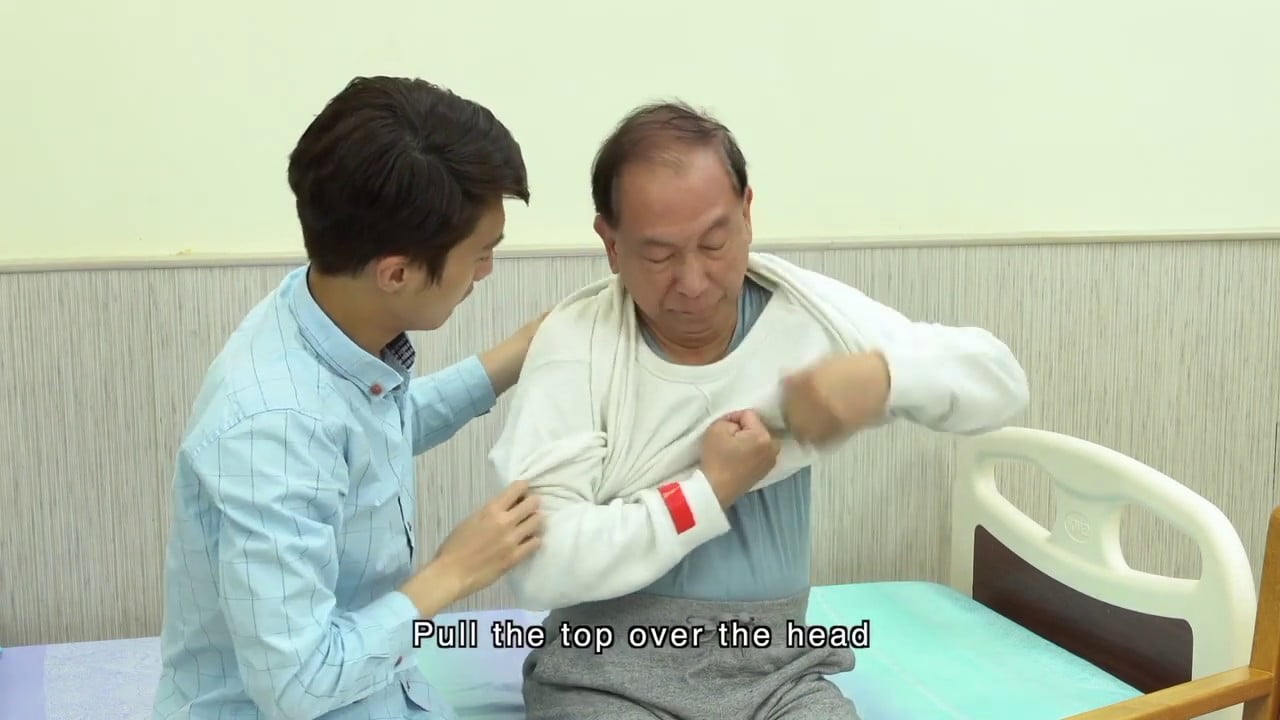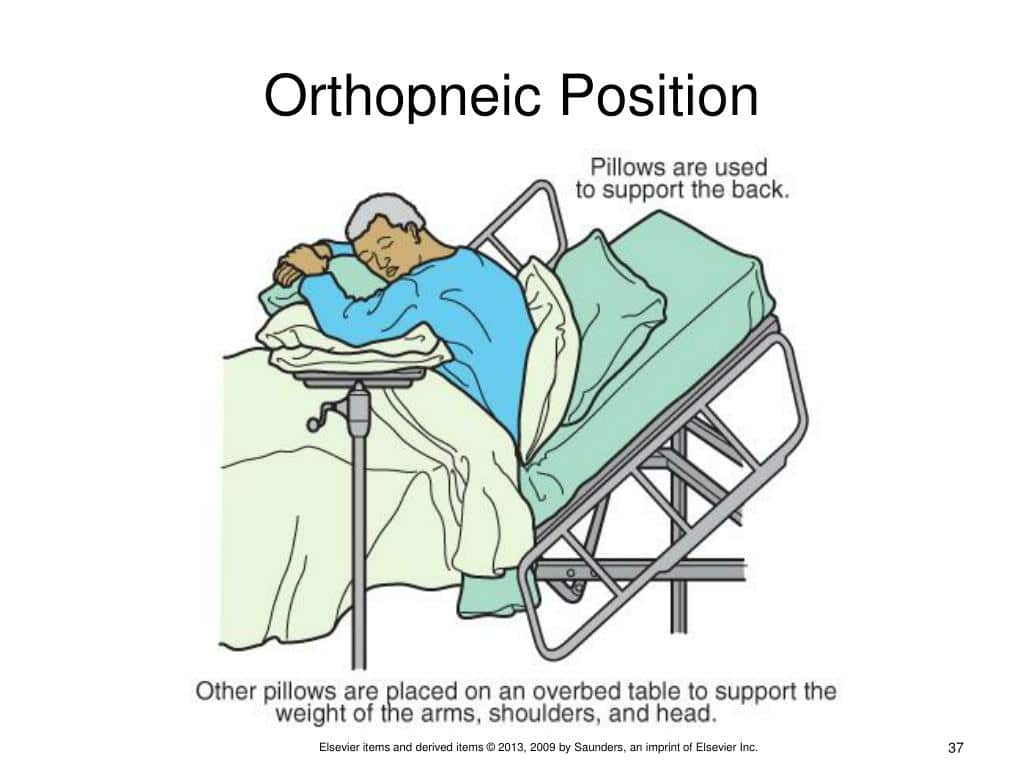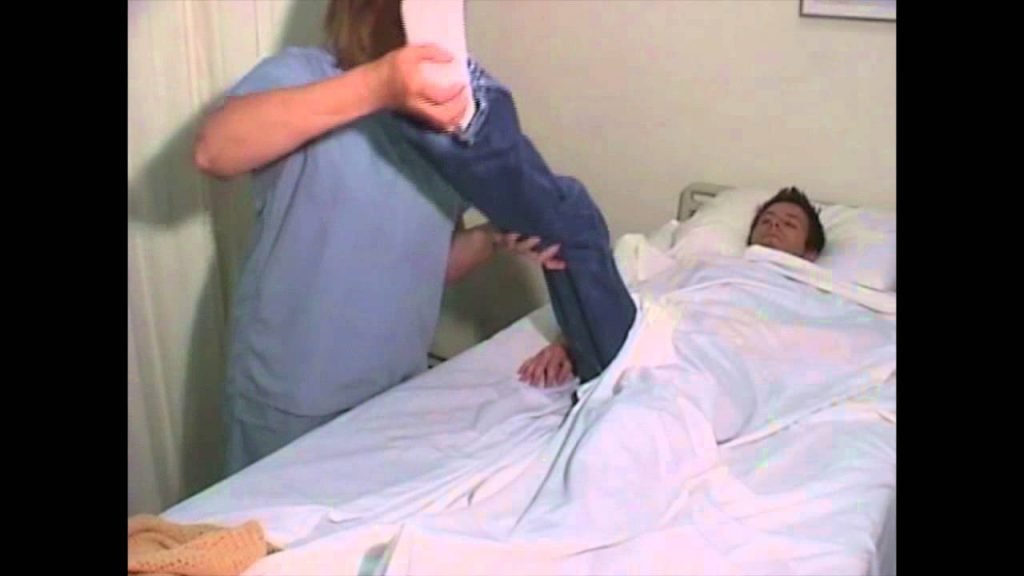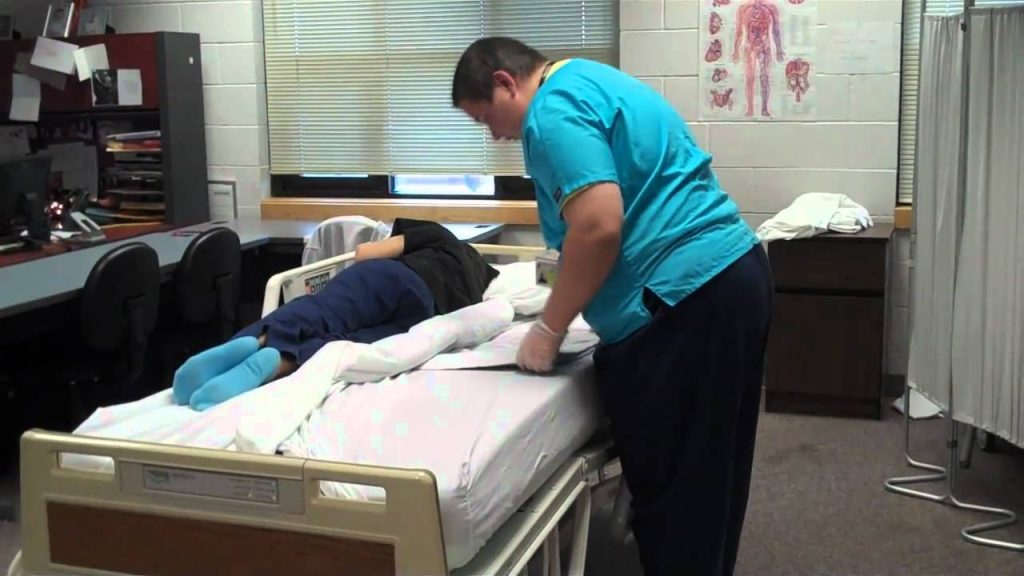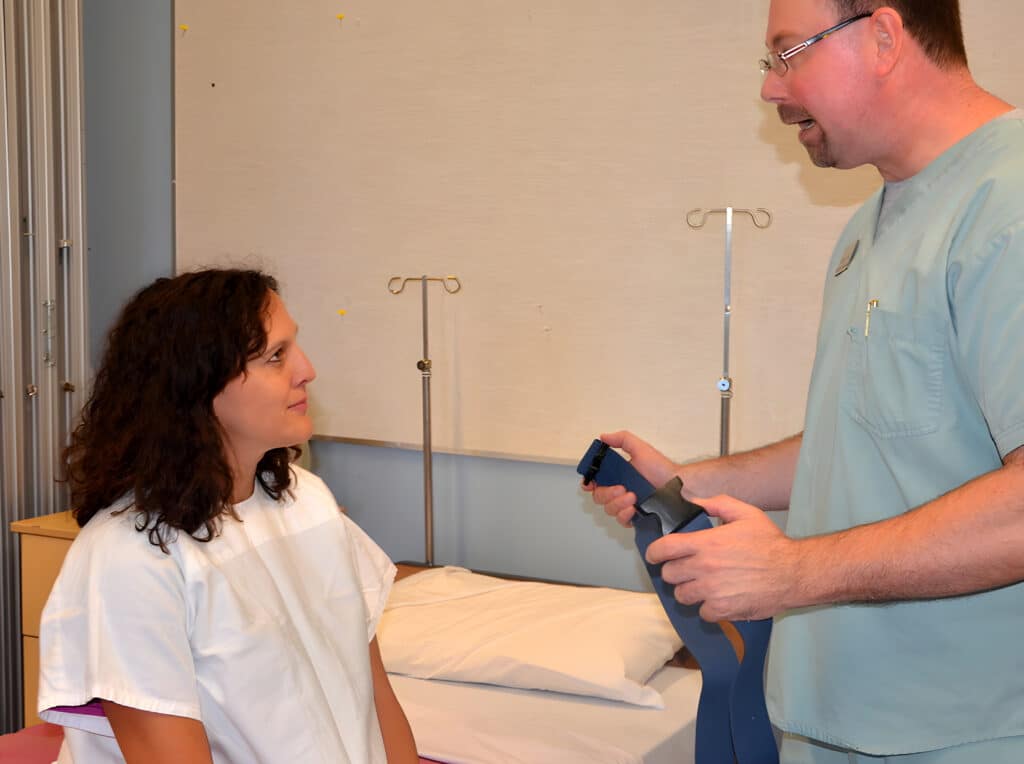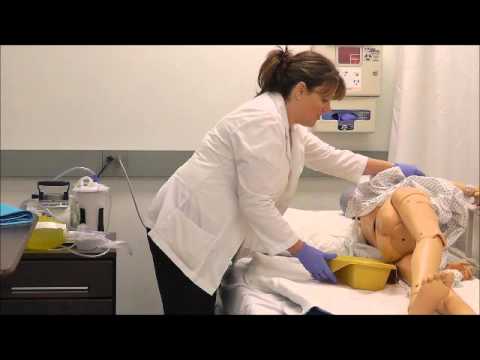Written by Hollie Finders, RN
Hollie Finders is a registered nurse with years of experience working in the health care field. She has degrees in both biochemistry and nursing. After working with patients of all ages, Hollie now specializes in pediatric intensive care nursing. Hollie’s LinkedIn
Procedure for Dressing and Undressing a Patient
Equipment needed: patient’s clothing.
- Perform hand hygiene.
- Have the patient select an outfit to wear and gather those clothing items. Ensure those clothing items are clean and appropriate for the weather.
- Explain the procedure to the patient and provide privacy.
- Remove the patient’s shirt by undressing the stronger arm first. Then, gently slide the shirt off the patient’s weaker arm.
- To dress the patient, perform steps in the opposite order. Assist the patient in dressing the weaker arm first and then proceed to the stronger side.
- Continue undressing and dressing the patient in the same fashion for all garments worn.
- If the patient is standing, have him or her sit down. Assist him or her in putting on non-skid footwear. Tie laces if shoes are worn.
- Assist the patient in fastening any zippers and buttons and align clothing into its proper position.
- Place the patient’s personal clothing in a safe place or in a laundry hamper if provided. Place facility gowns into a soiled laundry bag.
- Perform hand hygiene.
- Document the procedure in the patient’s chart and report any changes in the patient’s condition to the nurse.
Important Information About Dressing and Undressing
Patients who have suffered a stroke or have weakness or injury to one side of their body may struggle with dressing and undressing. In order to help these patients regain their strength and independence, it is important that the nurse’s aide only assist them as needed. The nurse’s aide may need to teach patients how to dress and undress safely with their limitations.
When assisting a patient in dressing and undressing, be sure to move the patient’s limbs gently and in a natural motion. Avoid overextending the patient’s joints, as doing so may result in injury. Limit the use of the patient’s weak extremity by dressing the affected side first and undressing the affected side last.

